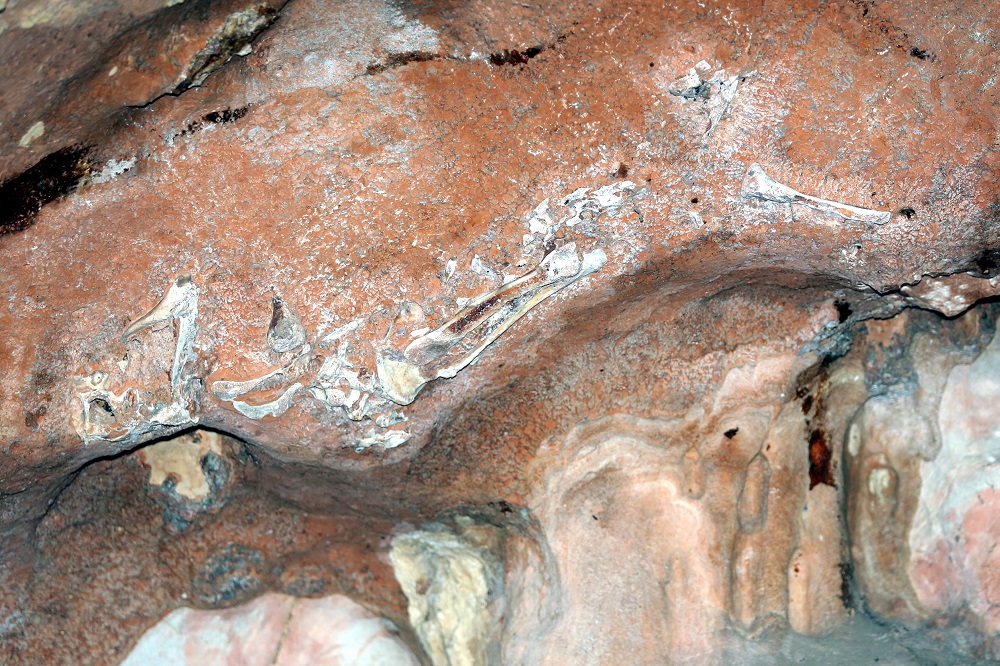GOPENG, Oct 8 — Perak authorities will close the site of a prehistoric animal fossil at the Gua Naga Mas cave temple here starting tomorrow for at least three months pending detailed studies.
Perak tourism and culture executive councillor Tan Kar Hing said this would allow research teams from Universiti Malaya, Universiti Sains Malaysia, and government agencies to conduct detailed studies on the fossil, which is believed to be of a carnivorous mammal.
“The site has been studied over the past 20 years. Experts believe that the animal is a vertebrate and a mammal dating back between 2.5 million and 11,000 years ago. But we don’t know exactly what it is,” he said.
“The state government has decided to shut off the site for at least three months so further studies can be conducted.
“The research teams will be using modern methods like three-dimensional scanning so the experts can conduct detailed research on the fossil.”
The 98cm-long fossil is exposed on the cave ceiling, which is around seven metres above the cave floor. The cave itself is around 30 metres from ground level.
The widely-held belief is that the skeleton belongs to a wild cat, but some have speculated that it could be a bear or a panther.
“We believe it could be a tiger or a leopard, but I must emphasise that we are leaning more towards it being a tiger,” said Universiti Malaya department of geology senior lecturer Dr Ros Fatihah Muhammad, who is part of the research team.
In addition to the closure, Tan said the state would form a technical committee under the Geopark advisory council to determine the identity of the fossil and the long-term future of the site.
Tan underlined the importance of preserving the site, as the fossil was one of the most complete mammal skeletons of its age in Southeast Asia.
He said the state would also engage with the cave temple authorities to post a lookout at the site.
Tan noted that the site was located next to a portion of the cave temple where Buddhist devotees performed prayers.
However, he said the latter would not be affected, as only the area containing the fossil would be sealed off.





















